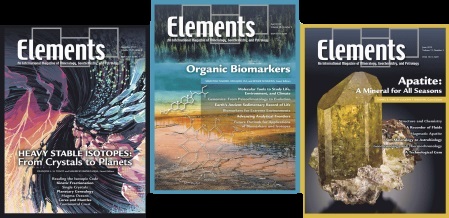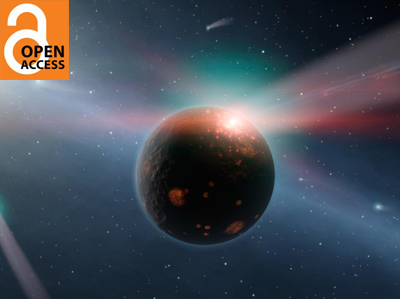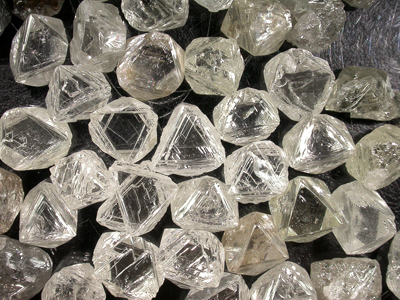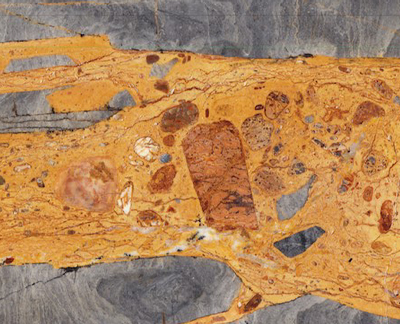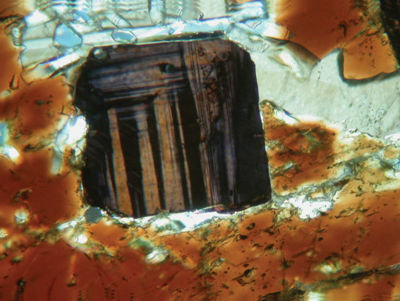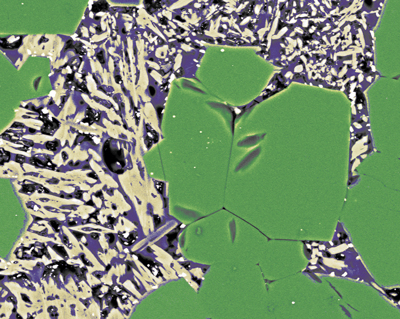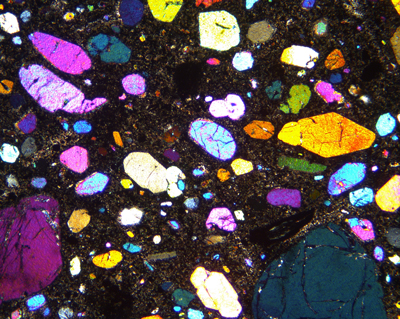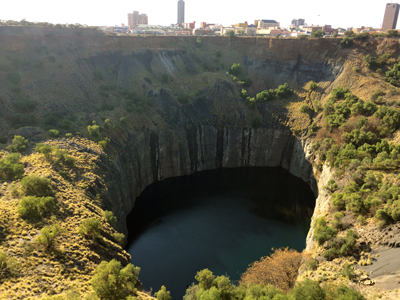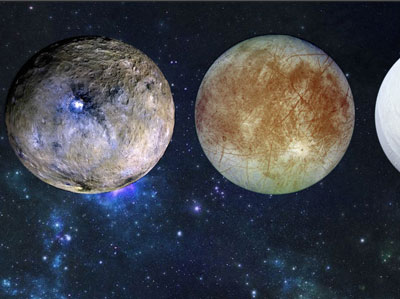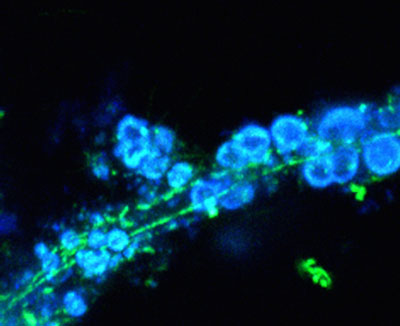Earth Catastrophes and Their Impact on the Carbon Cycle
Carbon is one of the most important elements on Earth. It is the basis of life, it is stored and mobilized throughout the Earth from core to crust and it is the basis of the energy sources that are vital to human civilization. This issue will focus on the origins of carbon on Earth, the roles played by large-scale catastrophic carbon perturbations in mass extinctions, the movement and distribution of carbon in large igneous provinces, and the role carbon plays in icehouse–greenhouse climate transitions in deep time. Present-day carbon fluxes on Earth are changing rapidly, and it is of utmost importance that scientists understand Earth’s carbon cycle to secure a sustainable future.
Earth Catastrophes and Their Impact on the Carbon Cycle Read More »

